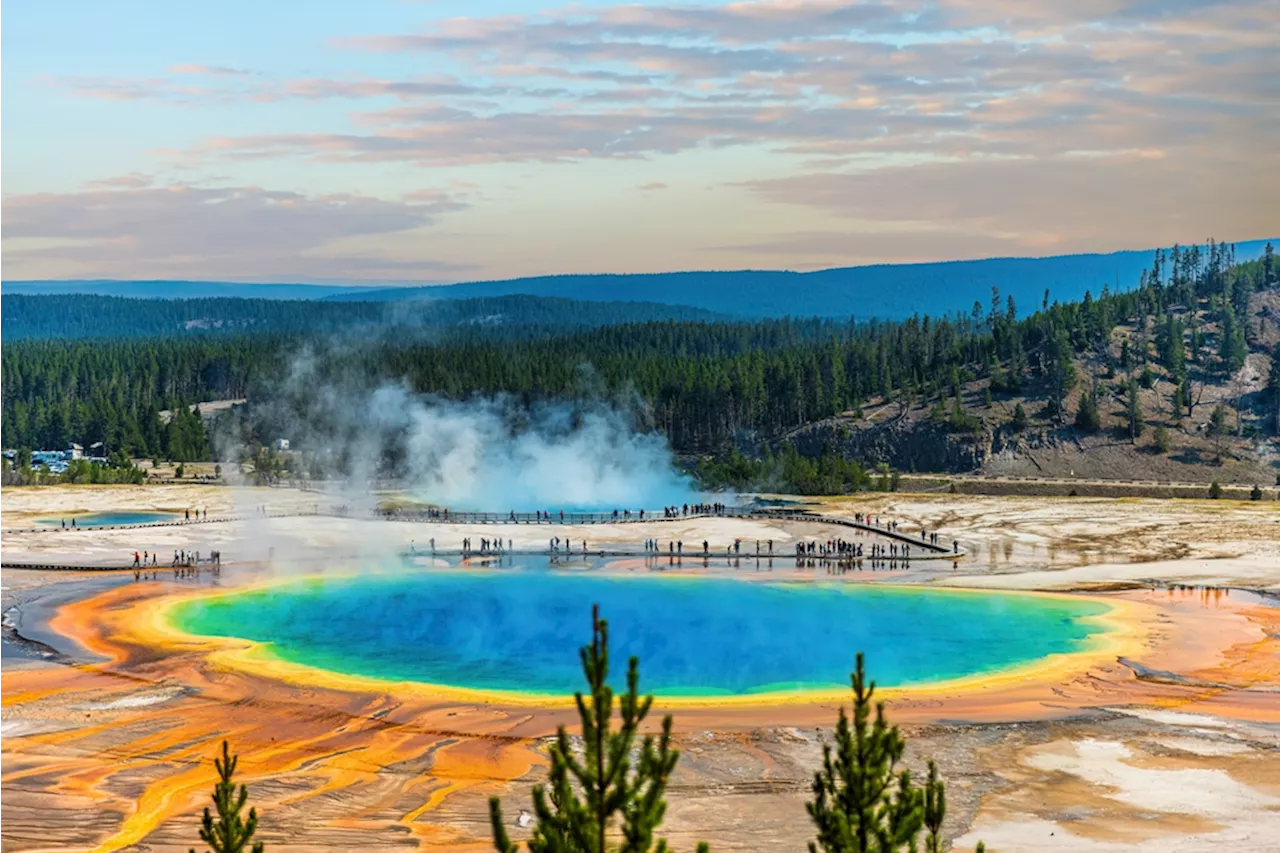A recent survey of Yellowstone National Park's underground magma reservoirs by USGS scientists has revealed a shift in the area where potential volcanic activity is likely to occur. While a massive eruption is not expected anytime soon, the magma is moving northeast of the Yellowstone Caldera.
Rangers at Yellowstone National Park are often asked to predict when the next massive volcanic eruption will occur there. A team of USGS scientists, who surveyed the park’s underground magma reservoirs, recently confirmed the standard response, ‘probably not any time soon.’ But they have pointed out that the area where such activity is likely to occur has shifted, according to a survey over the past two million years.
Those events are labeled ‘caldera forming,’ because the molten rock vacating the underground reservoirs leaves an empty space, which leads to the land above collapsing, ultimately forming a bowl-shaped basin. Beneath those basins, called ‘calderas,’ sit reservoirs of magma. The recent survey shows that the magma within them has not stood still. It now appears to be shifting to the northeast of the Yellowstone Caldera. For the past 160,000 or so years, the magma reservoirs have mainly existed beneath the caldera. However, a number of geologic factors suggest that, despite the movement, ‘the reservoirs are not eruptible,’ according to the paper. That doesn’t necessarily mean that the region will be completely devoid of volcanic activity — just that it wouldn’t be as cataclysmically explosive as the previous Big Three. Yellowstone is a destination largely because of volcanic activity. The hot liquid rock beneath the crust fuels the geysers, hot springs, and boiling mud pots that attract swarms of tourists to that corner of Wyoming. So how did the geologists come to their conclusion? First, not all magma is created equally. It is formed from different kinds of melted rock. Some contain more silica, some hold more basalt. Some is rich in minerals like iron or magnesium, some less so. These differences are important for two reasons. First, these different mineral mixes give off a variety of magnetic and electrical fields — which geologists can measur
VOLCANIC ACTIVITY YELLOWSTONE NATIONAL PARK MAGMA USGS ERUPTION
United States Latest News, United States Headlines
Similar News:You can also read news stories similar to this one that we have collected from other news sources.
 Yellowstone Supervolcano: Magma Shift DetectedA new study by USGS scientists using an electromagnetic technique reveals a potential shift in magma activity beneath Yellowstone Supervolcano towards the northeast. The research provides insights into the distribution of magma beneath the caldera and the potential for future eruptions.
Yellowstone Supervolcano: Magma Shift DetectedA new study by USGS scientists using an electromagnetic technique reveals a potential shift in magma activity beneath Yellowstone Supervolcano towards the northeast. The research provides insights into the distribution of magma beneath the caldera and the potential for future eruptions.
Read more »
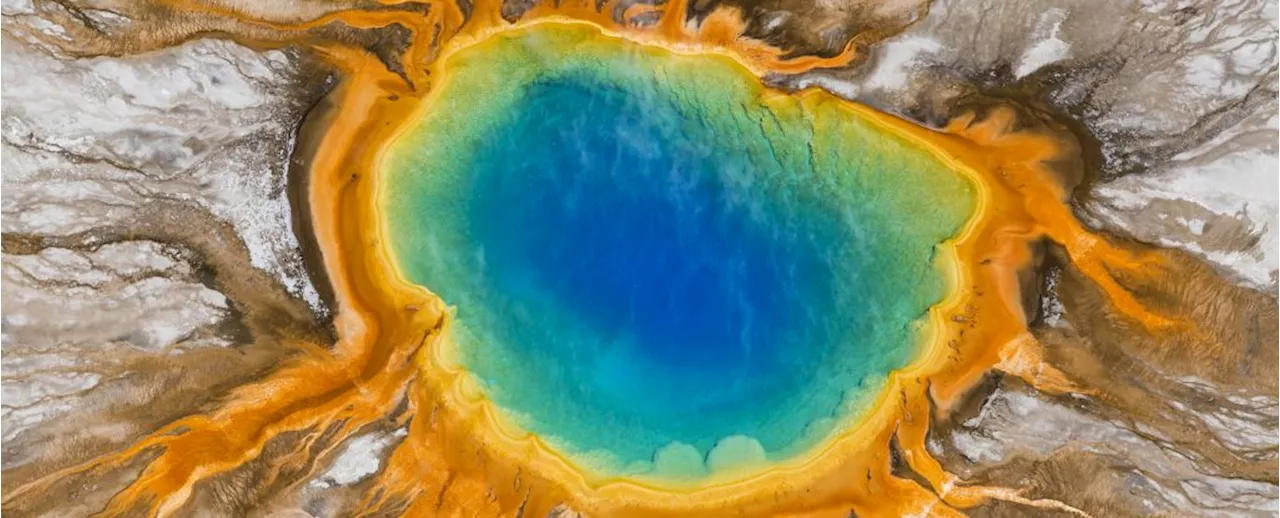 Yellowstone Volcano's Activity Shifts NortheastVolcanic activity beneath Yellowstone National Park appears to be shifting to the northeast region of the Yellowstone Caldera. Scientists suggest this area could be the new focus of future eruptions based on the volume of rhyolitic melt storage and its connection to a lower-crustal heat source.
Yellowstone Volcano's Activity Shifts NortheastVolcanic activity beneath Yellowstone National Park appears to be shifting to the northeast region of the Yellowstone Caldera. Scientists suggest this area could be the new focus of future eruptions based on the volume of rhyolitic melt storage and its connection to a lower-crustal heat source.
Read more »
 Indonesia Volcano Eruption Video Mistaken for YellowstoneA viral video showing a volcanic eruption is falsely being attributed to Yellowstone National Park. The footage actually captures an eruption of Mount Dukono in Indonesia, which is currently in a continuing eruption status.
Indonesia Volcano Eruption Video Mistaken for YellowstoneA viral video showing a volcanic eruption is falsely being attributed to Yellowstone National Park. The footage actually captures an eruption of Mount Dukono in Indonesia, which is currently in a continuing eruption status.
Read more »
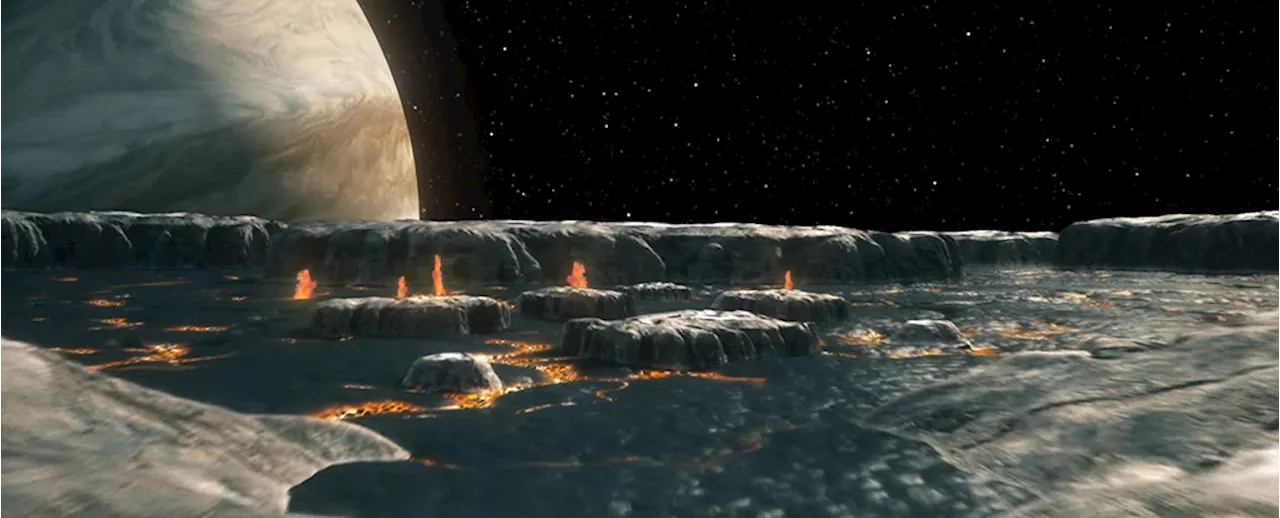 Jupiter's Hellish Moon Isn't Powered by a Hidden Ocean of Magma, Study FindsThe Best in Science News and Amazing Breakthroughs
Jupiter's Hellish Moon Isn't Powered by a Hidden Ocean of Magma, Study FindsThe Best in Science News and Amazing Breakthroughs
Read more »
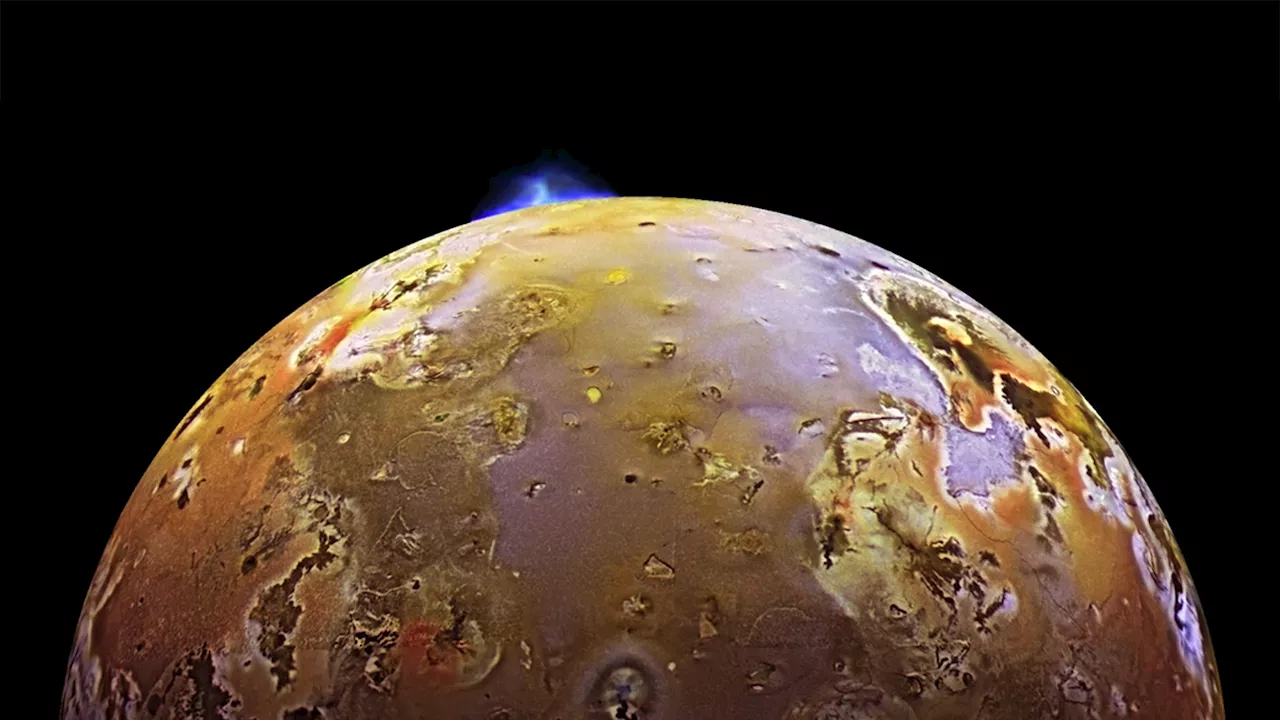 Io's Rigid Interior Challenges Magma Ocean TheoriesNew research based on data from multiple space missions reveals that Jupiter's moon Io likely does not have a global magma ocean, challenging previous theories.
Io's Rigid Interior Challenges Magma Ocean TheoriesNew research based on data from multiple space missions reveals that Jupiter's moon Io likely does not have a global magma ocean, challenging previous theories.
Read more »
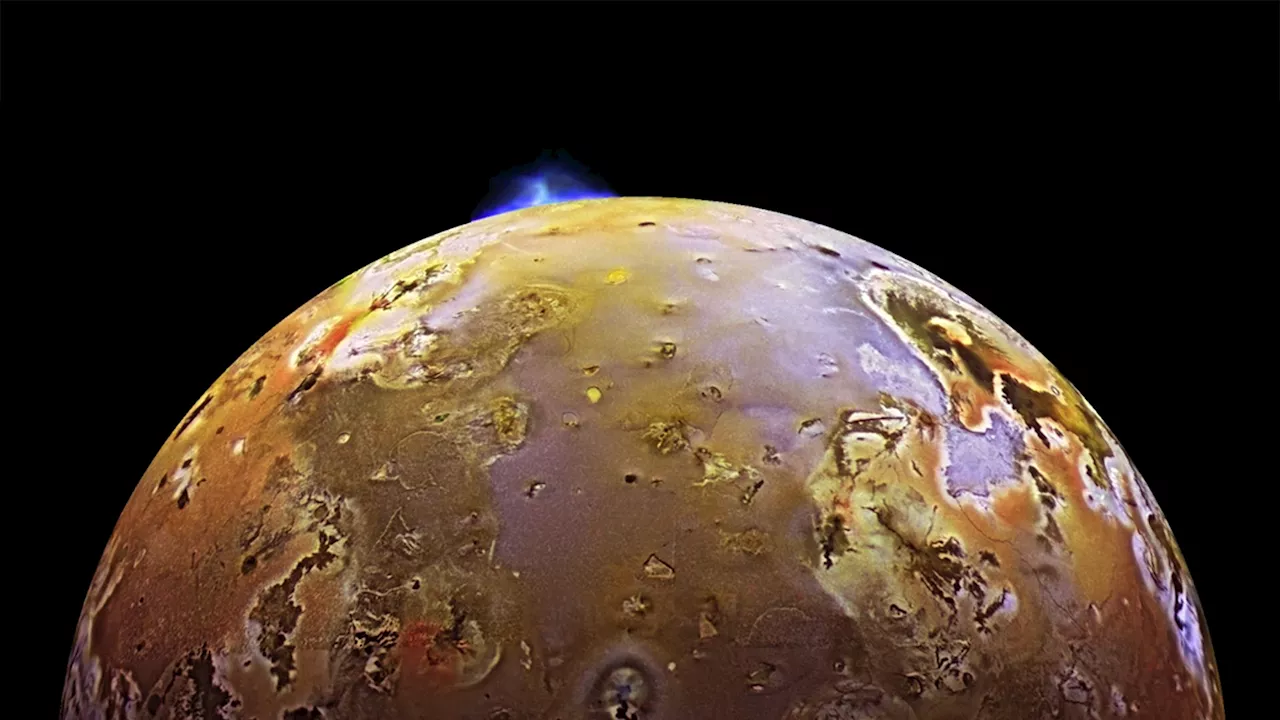 Io's Interior: Mostly Solid, Not a Magma OceanA new study using data from multiple space missions found that Jupiter's moon Io, known for its volcanic activity, likely has a mostly solid mantle and does not possess a global magma ocean as previously thought. This challenges existing theories about tidal heating and its effects on planetary bodies.
Io's Interior: Mostly Solid, Not a Magma OceanA new study using data from multiple space missions found that Jupiter's moon Io, known for its volcanic activity, likely has a mostly solid mantle and does not possess a global magma ocean as previously thought. This challenges existing theories about tidal heating and its effects on planetary bodies.
Read more »
